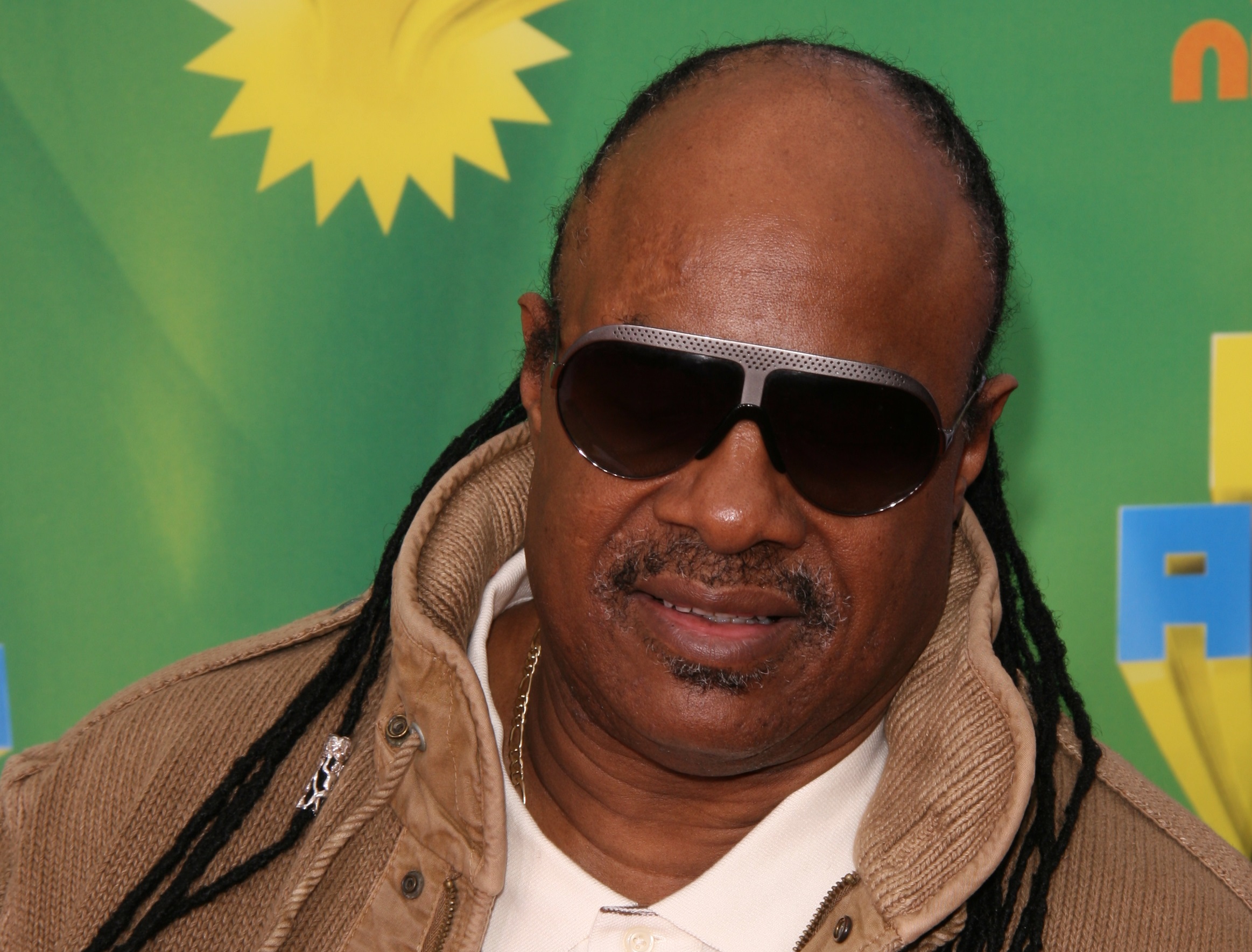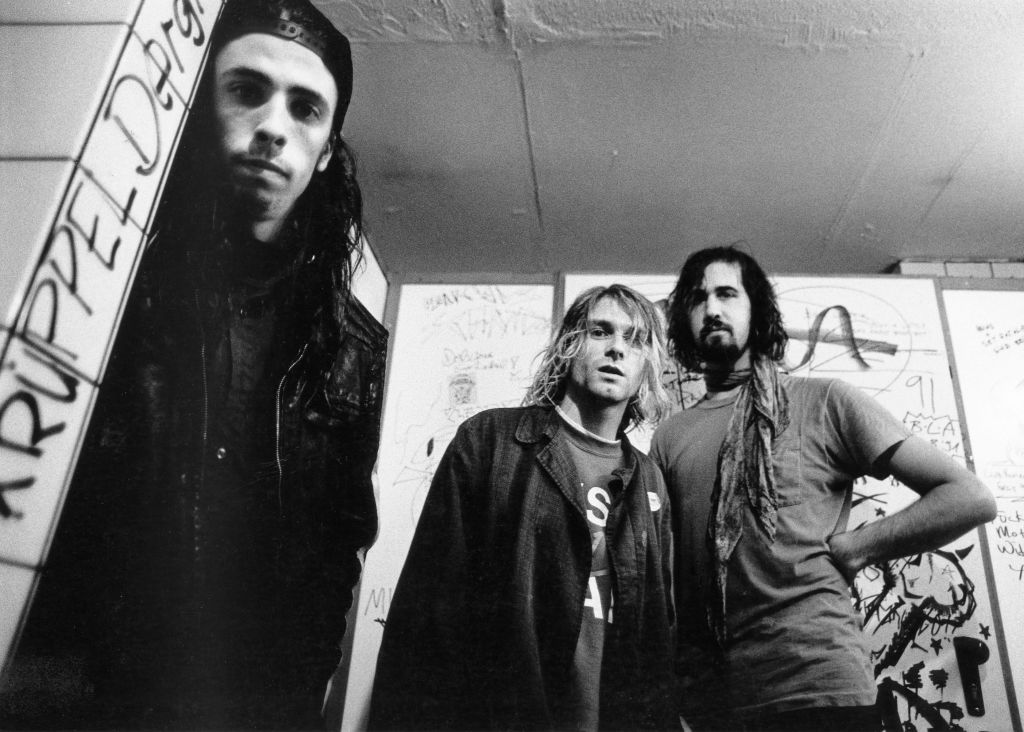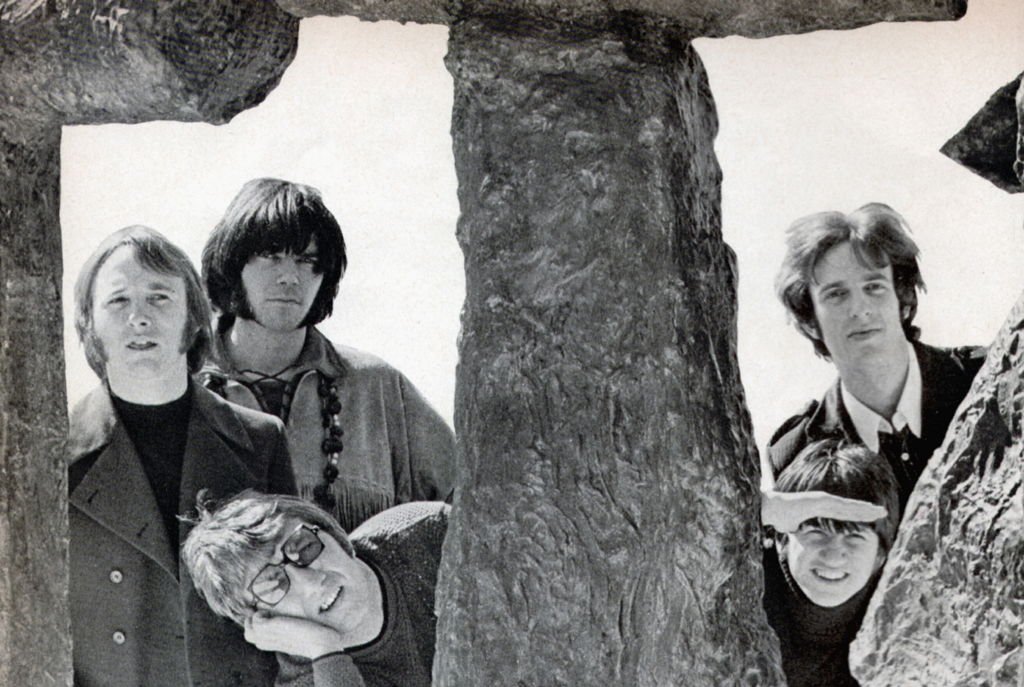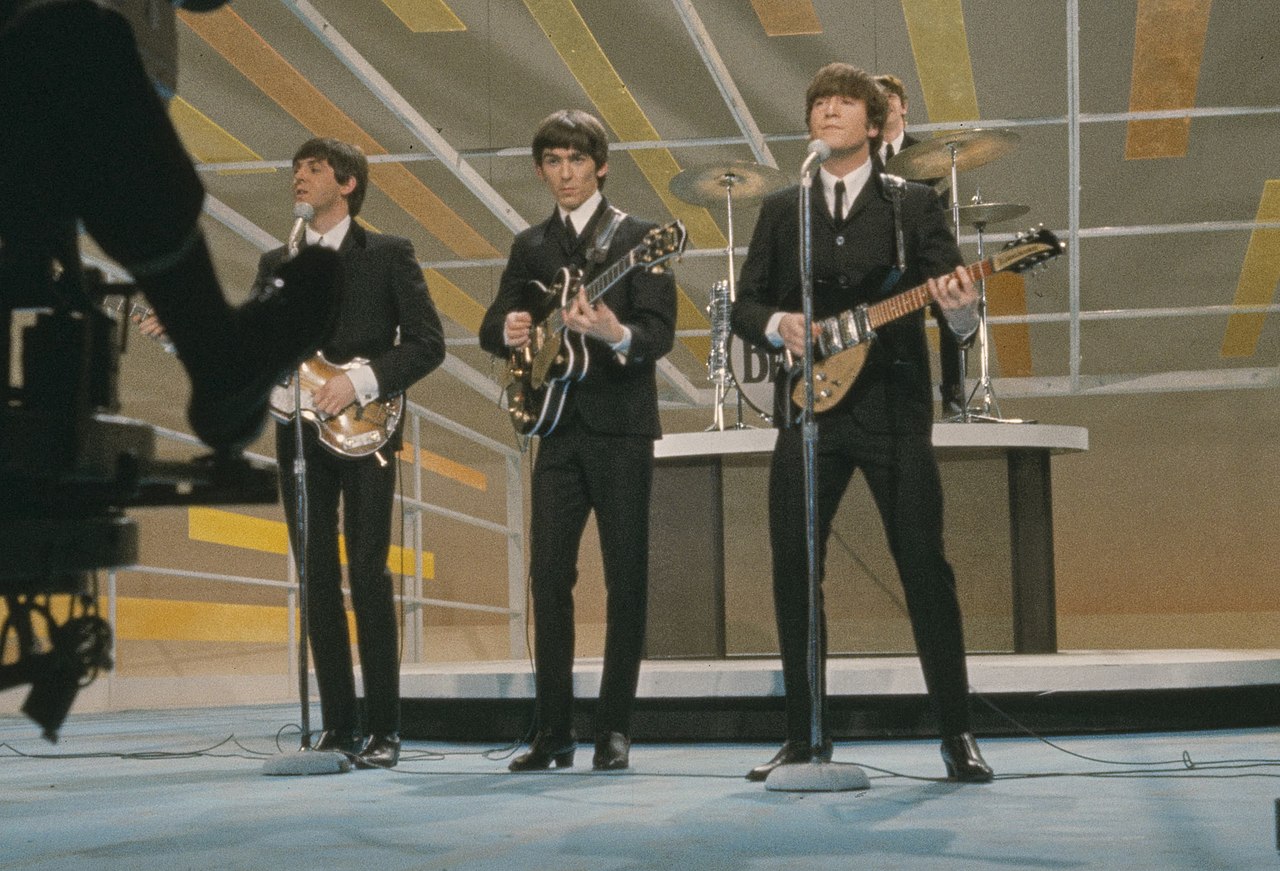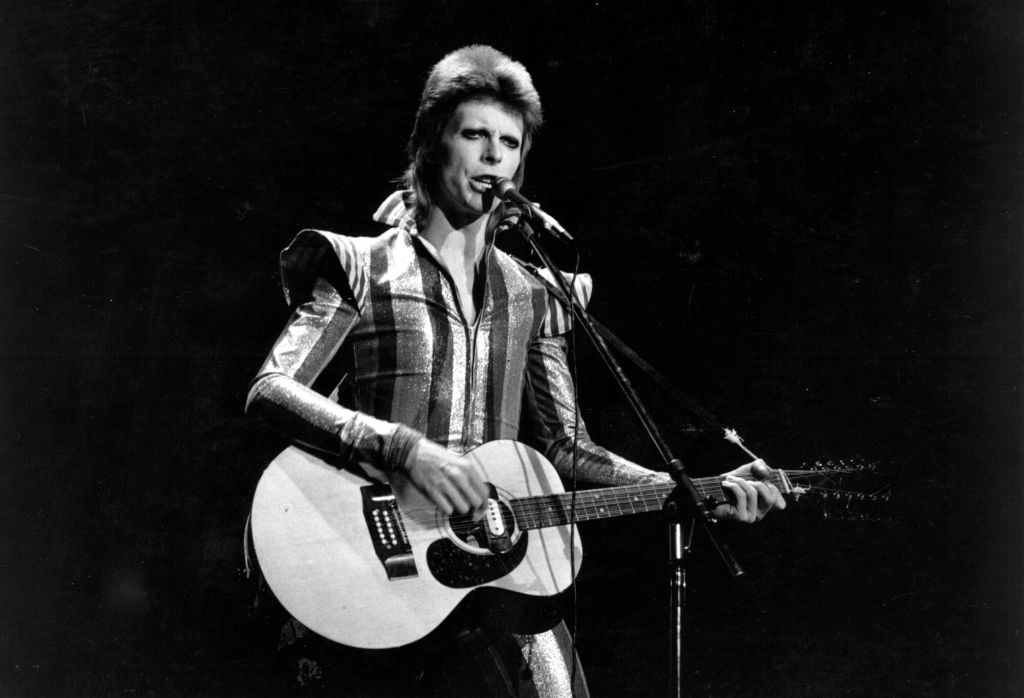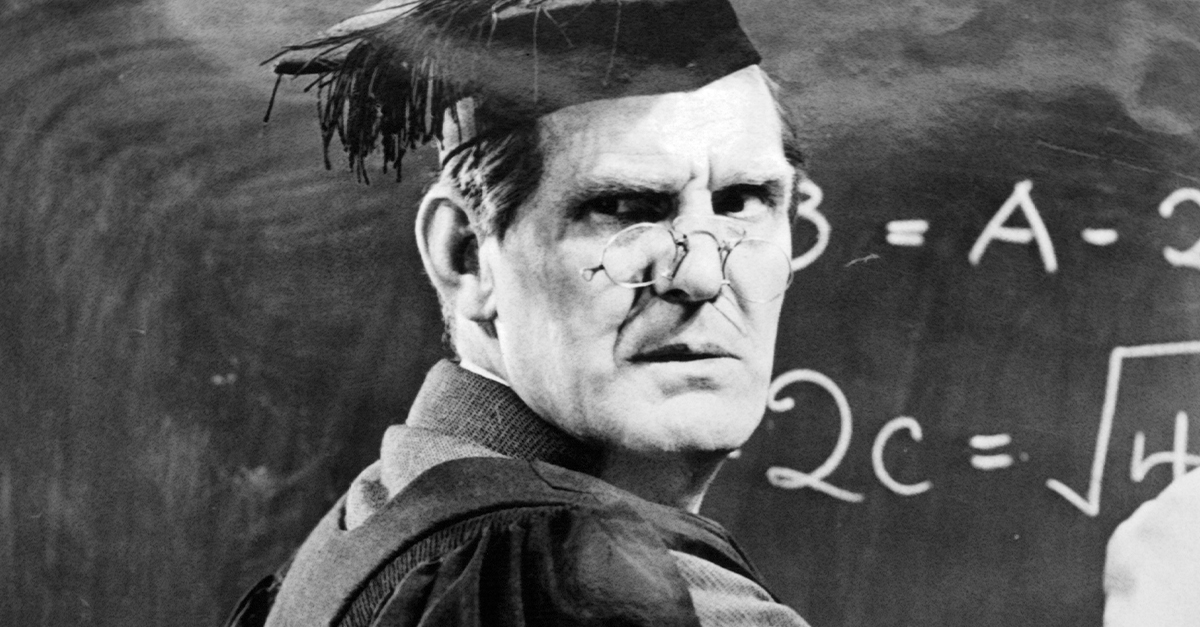Have You Heard These Iconic B-Sides?
Back in the day when you bought a hit single on vinyl, it was usually accompanied by a less popular track, typically referred to as a “B-side”. That doesn’t mean those tracks were lesser though if anything they often contained some of the band or artists’ most audacious work.
Bruce Springsteen - “Pink Cadillac”
Bruce Springsteen was at the height of his powers in 1984. If you need proof, check out this great track, which served as the B-side to one of his most iconic anthems, “Dancing In The Dark”.
 Carl Lender, CC BY 2.0, Wikimedia Commons
Carl Lender, CC BY 2.0, Wikimedia Commons
Yes - “Long Distance Runaround”
The sound of prog rockers Yes feels very representative of 70s tastes in music, but that doesn’t mean a lot of it won’t hold up. This B-side in particular evidences how complex their music was in terms of arrangement.
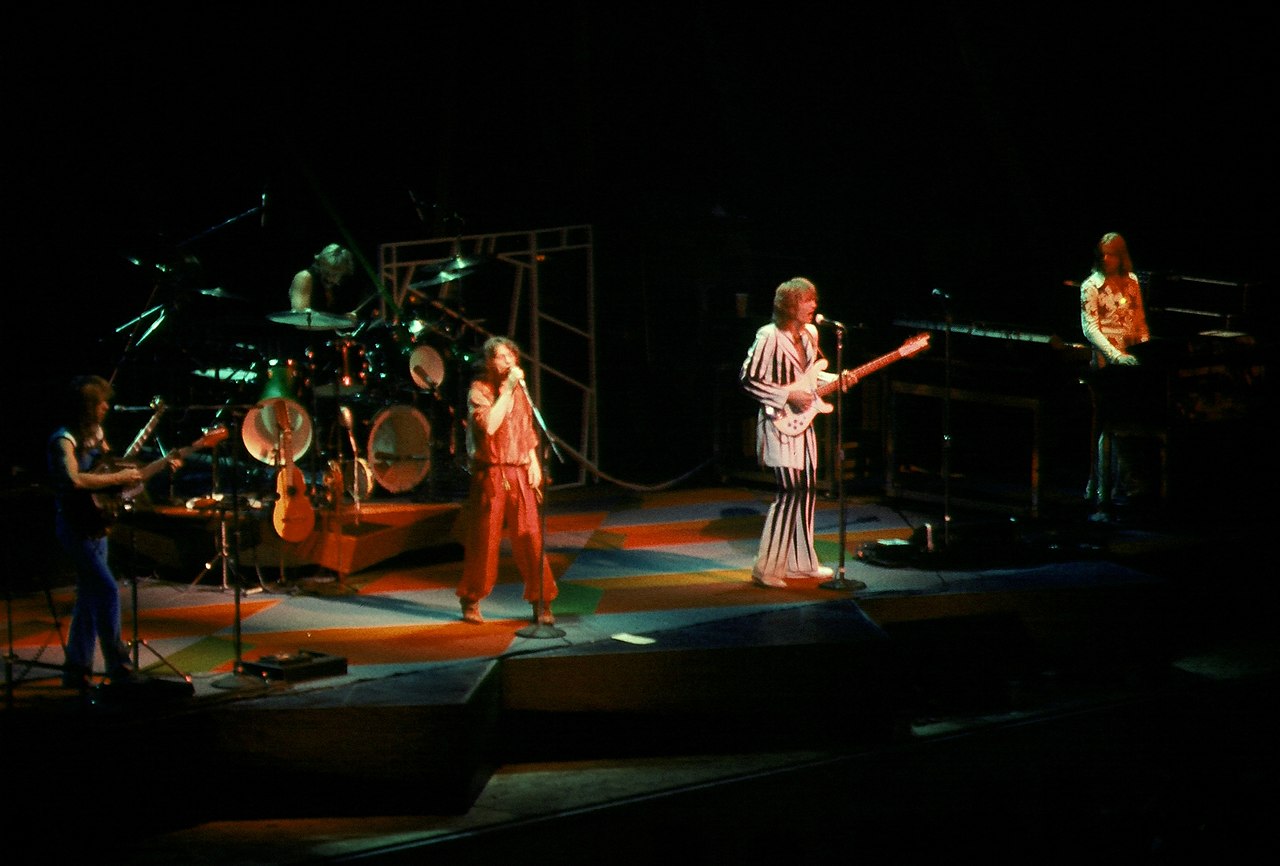 Rick Dikeman, CC BY-SA 3.0, Wikimedia Commons
Rick Dikeman, CC BY-SA 3.0, Wikimedia Commons
The Go Go’s - “Speeding”
This track by The Go-Go’s will be likely to conjure up a lot of nostalgia for Gen Xers and their 80s youth. This would also be likely due to its placement on the iconic soundtrack for the 1982 film Fast Times At Ridgemont High.
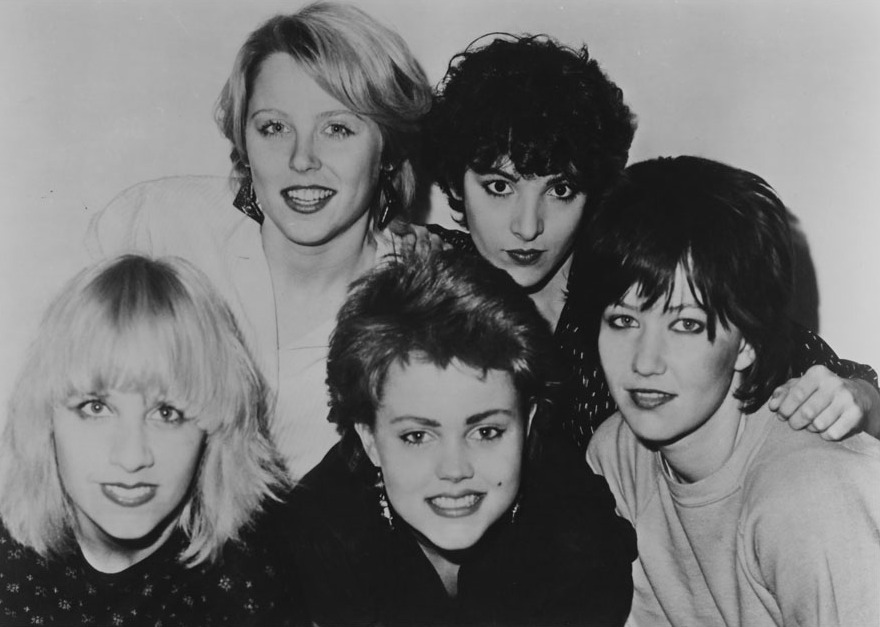 Janette Beckman, International Record Syndicate, Wikimedia Commons
Janette Beckman, International Record Syndicate, Wikimedia Commons
Ray Charles - “Born To Lose”
Ray Charles covered a Texas swing song in this iconic B-side. He elevated its origins with a savvy mixture of genres, which only he would be smart enough to do.
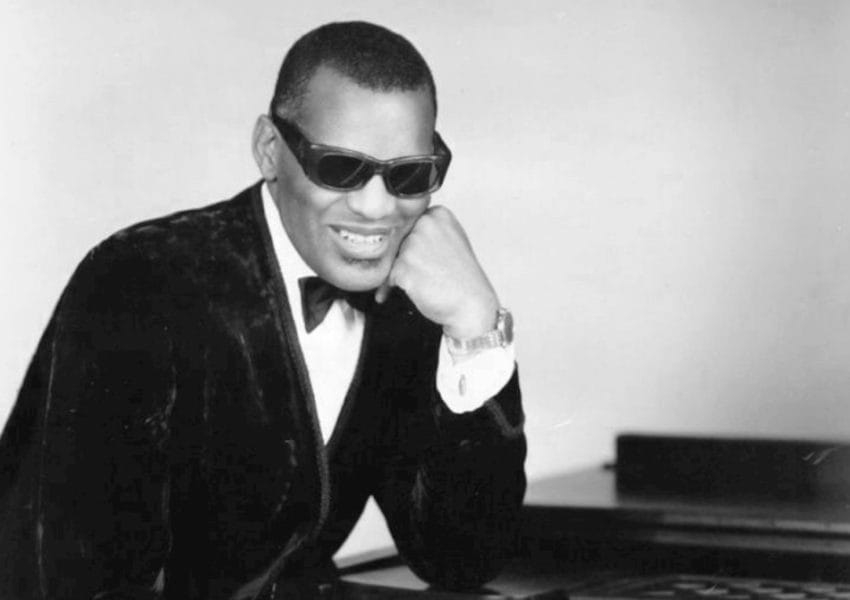 Maurice Seymour, Wikimedia Commons
Maurice Seymour, Wikimedia Commons
ZZ Top - “Just Got Paid”
It depends on who you ask as to how well ZZ Top’s sound has aged, but certain tracks still have a hard-rocking power. One of them is this B-side, which holds up to the heights of “Sharp Dressed Man” or “Give Me All Your Lovin’”.
 Ralph Arvesen, CC BY 2.0, Wikimedia Commons
Ralph Arvesen, CC BY 2.0, Wikimedia Commons
Blondie - “Fade Away And Radiate”
This track, which originated on Blondie’s best album, Parallel Lines, stands apart for a few reasons. One of them is the appearance of legendary King Crimson guitarist Robert Fripp.
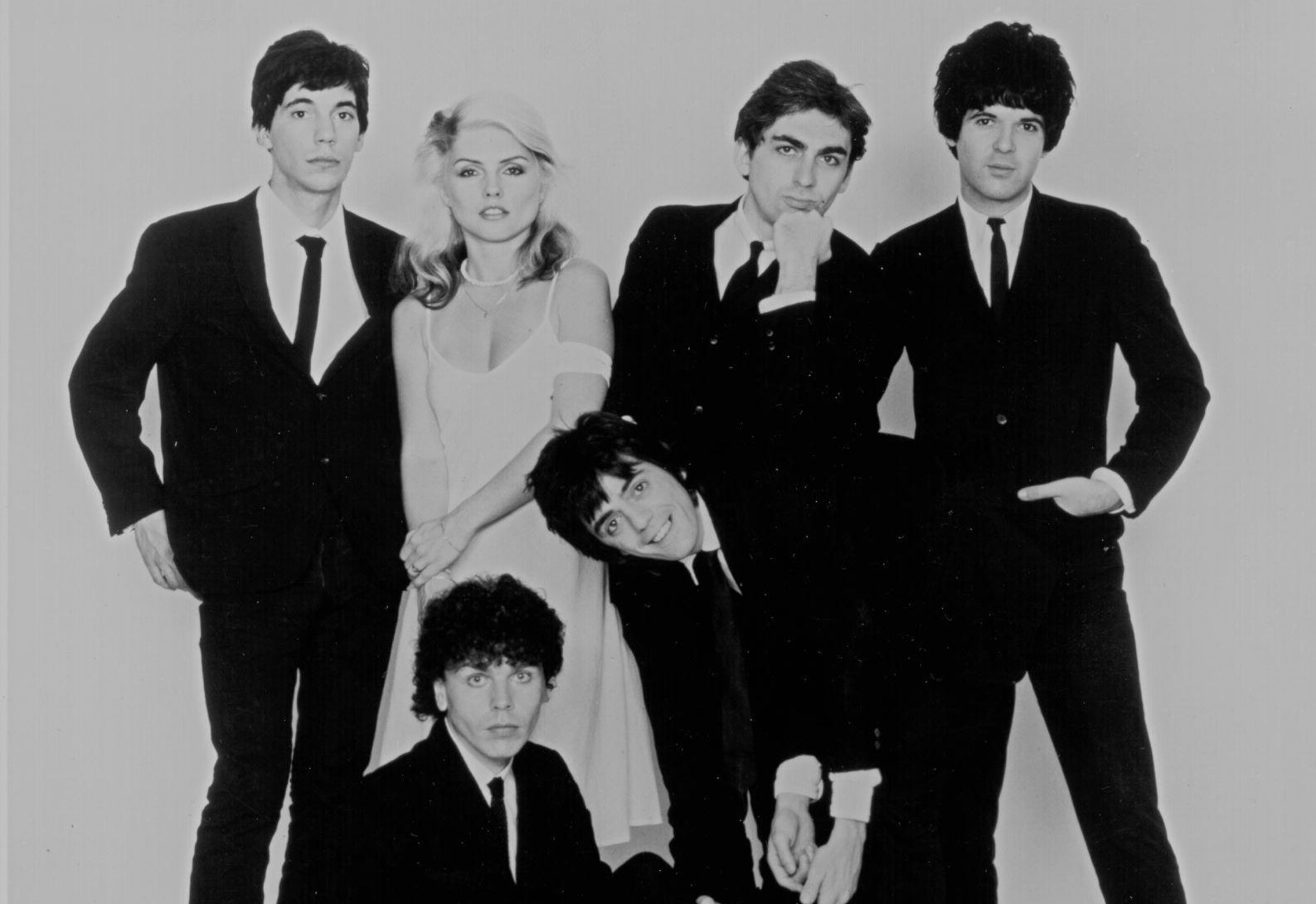 Unknown photographer, Wikimedia Commons
Unknown photographer, Wikimedia Commons
Stevie Wonder - “Contusion”
Being both his most commercially successful and critically acclaimed album, 1976’s Song in the Key of Life saw Stevie Wonder at his peak. One track sneaks in to show off heavy experimentation and mastery of the form, that being “Contusion”.
Albert King - “Down Don’t Bother Me”
Albert King was one of the most important Blues guitarists of all time. This track from near the end of both his career and life evidences the innovative form he brought to the genre.
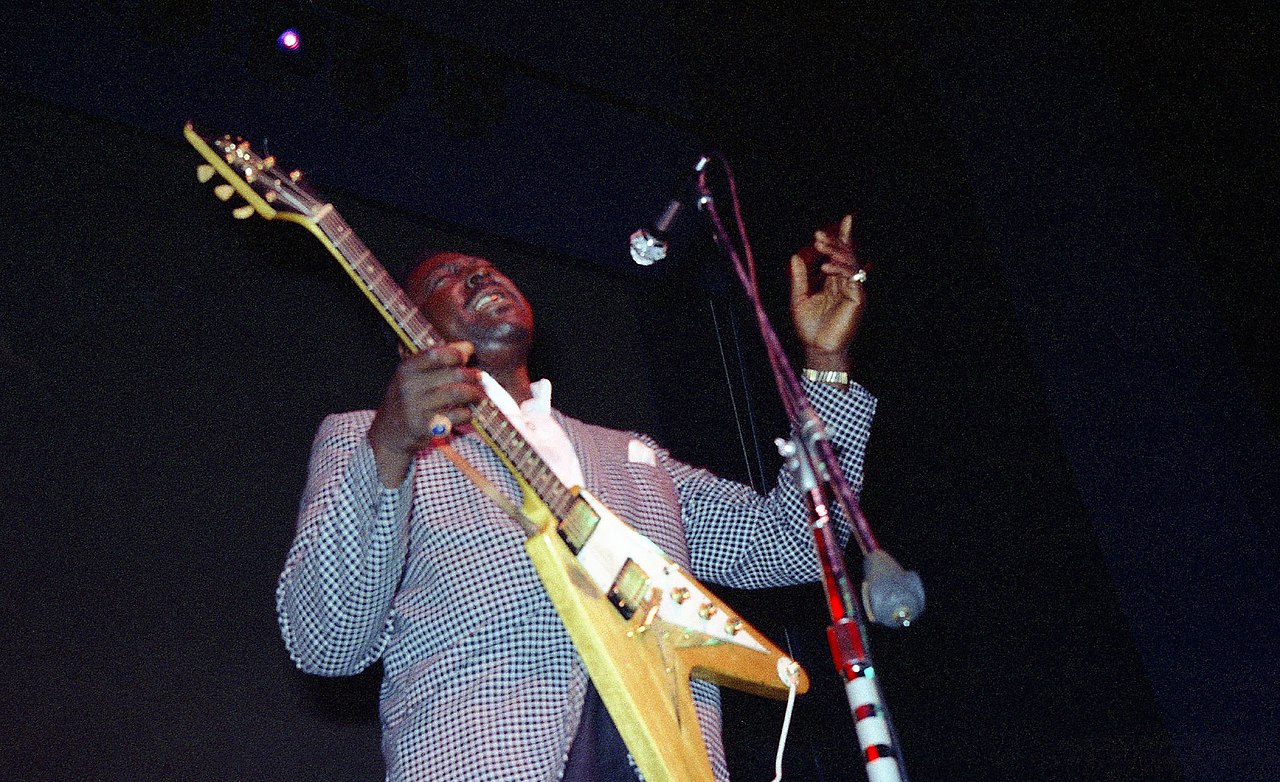 Grant Gouldon, CC BY-SA 2.0, Wikimedia Commons
Grant Gouldon, CC BY-SA 2.0, Wikimedia Commons
Tina Turner - “Don’t Turn Around”
Surprisingly, this Tina Turner classic originated as a B-side, considering how many times it’s been covered since its release in 1986. That’s one of the best signs of a track’s longevity.
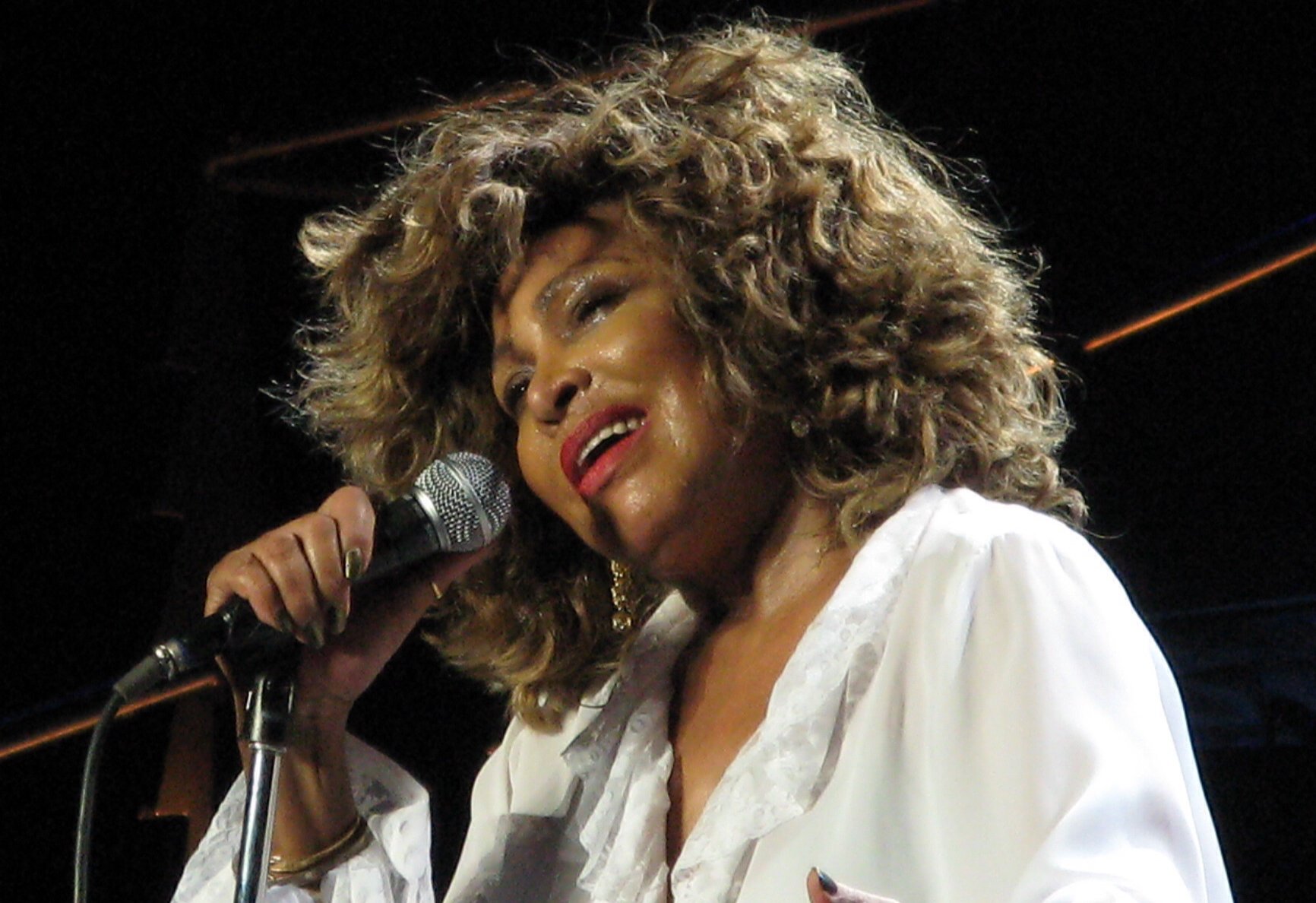 Philip Spittle, CC BY 2.0, Wikimedia Commons
Philip Spittle, CC BY 2.0, Wikimedia Commons
Duran Duran - “Khanada”
New Wave band Duran Duran exploded onto the scene in the early 1980s. Look at this B-side to see just how fresh their sound was as rock music was beginning to see a considerable change.
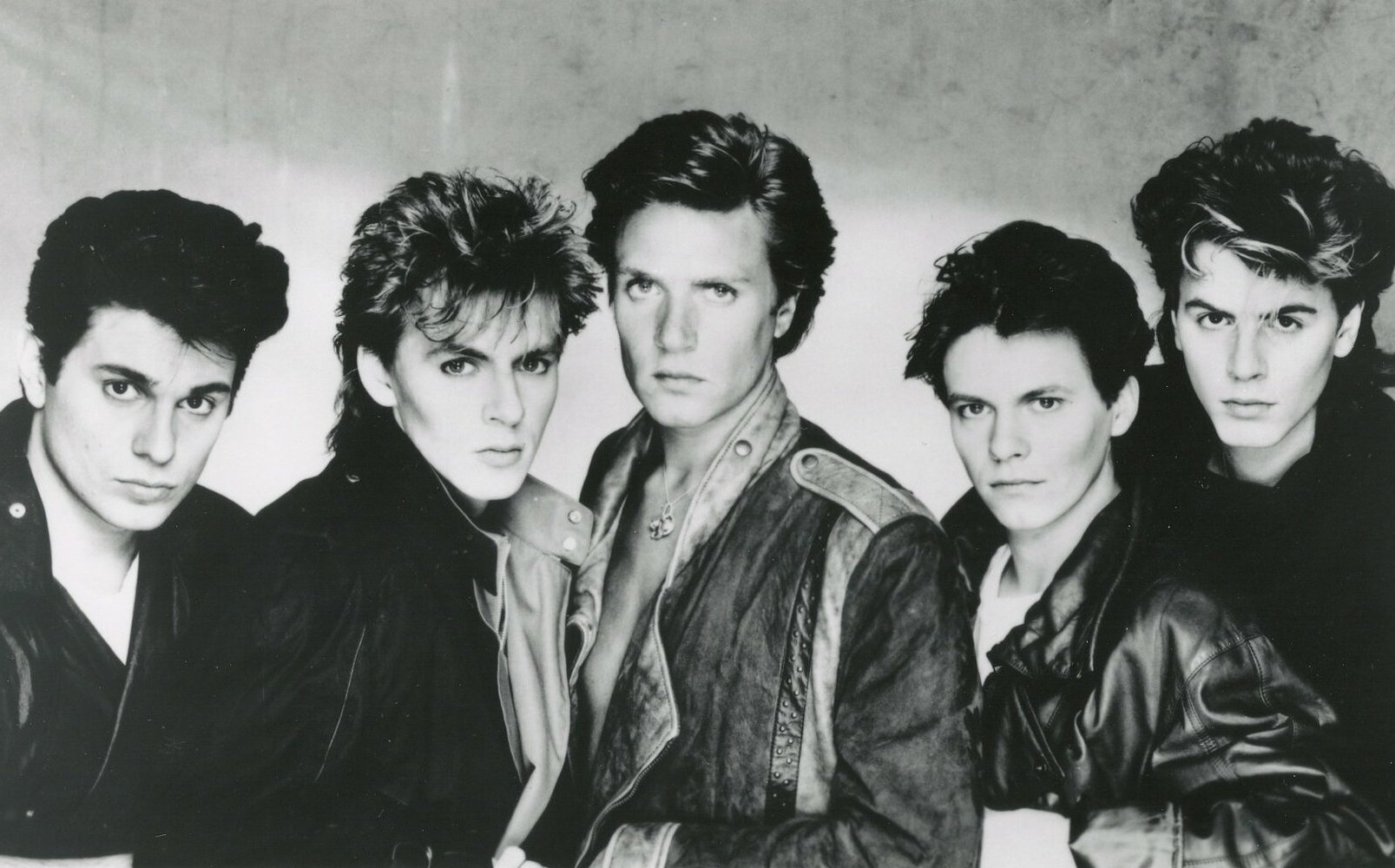 Brian Aris, Capitol Records, Wikimedia Commons
Brian Aris, Capitol Records, Wikimedia Commons
Jerry Lee Lewis - “You Win Again”
Appearing as the B-side on his most iconic track, “Great Balls of Fire”, this Jerry Lee Lewis song evidenced both his talents as a performer and songwriter. With a more melancholy bent about a doomed relationship, you can hear the heart of him as a musician.
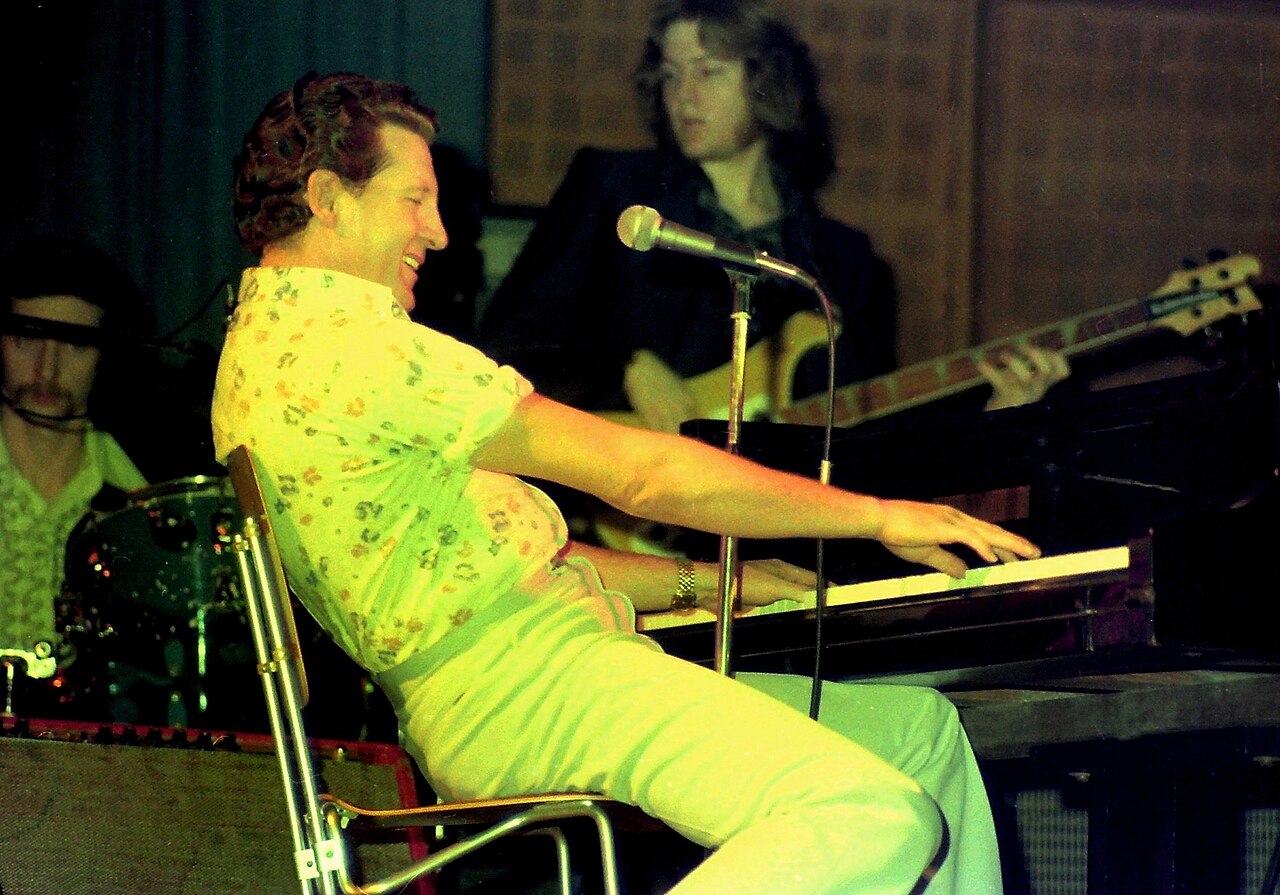 Klaus Hiltscher, CC BY-SA 2.0, Wikimedia Commons
Klaus Hiltscher, CC BY-SA 2.0, Wikimedia Commons
The Cure - “The Exploding Boy”
The Cure are associated with doom & gloom, but this B-side, alongside “Just Like Heaven” or “Friday I’m In Love”, showed their buoyant side. The track’s title is, if anything, very appropriate.
 momento mori, CC BY 2.0, Wikimedia Commons
momento mori, CC BY 2.0, Wikimedia Commons
Nirvana – “Dive”
Nirvana initially wasn’t a well-selling band until they signed to the big label DGC Records. But this track from their Sub Pop days evidenced how the talent was always there.
The Beatles - “Revolution”
There’s “Revolution”, “Revolution 1”, and “Revolution 9” when it comes to The Beatles. But only the first served as B-side, and it remains a classic.
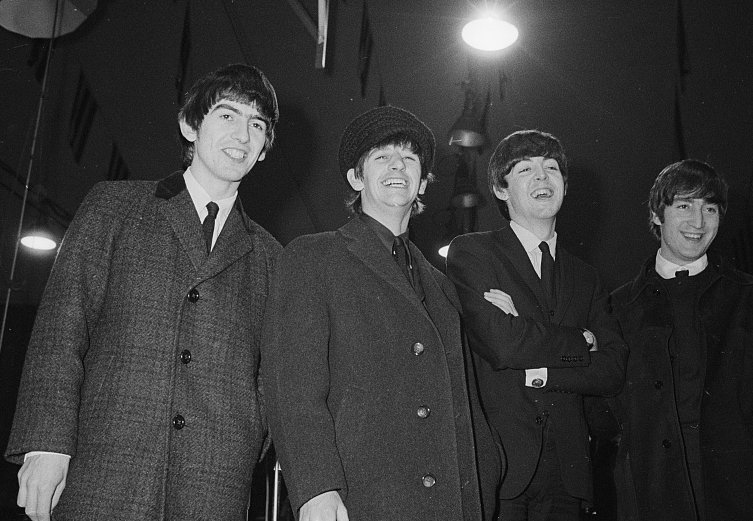 United Press International, Wikimedia Commons
United Press International, Wikimedia Commons
Crosby, Stills And Nash - “Long Time Gone On”
This track was considered very representative of the downbeat mood at the end of the 1960s. The subject, of course, was the assassination of Presidential candidate Bobby Kennedy.
 Swtpc6800, Michael Holley, Wikimedia Commons
Swtpc6800, Michael Holley, Wikimedia Commons
The Kinks - “I’m Not Like Everybody Else”
Originally written by The Kinks guitarist Dave Davies for The Animals, the song was turned down by that group and went back to Davies’ original band. Good thing it did, as it's one of The Kinks’ best songs.
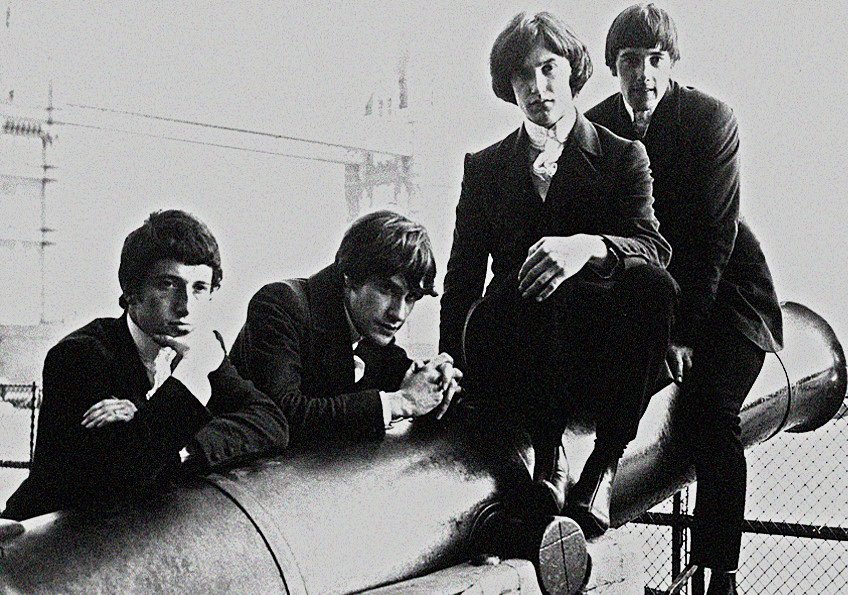 The State Register-Journal newspaper, Wikimedia Commons
The State Register-Journal newspaper, Wikimedia Commons
Radiohead - “Polyethylene (Parts 1 & 2)”
The B-side ended when vinyl lost its popularity in the 90s, so this Radiohead track showed the last gasp of it as a concept. It was paired with one of their most iconic tracks, “Paranoid Android”.
 Nicolas Lœuillet, CC BY-SA 2.0, Wikimedia Commons
Nicolas Lœuillet, CC BY-SA 2.0, Wikimedia Commons
Prince - “How Come U Don’t Call Me Anymore?”
Prince had the benefit of being both a virtuoso guitar player and vocalist. This B-side to “1999” shows off the latter to a great degree.
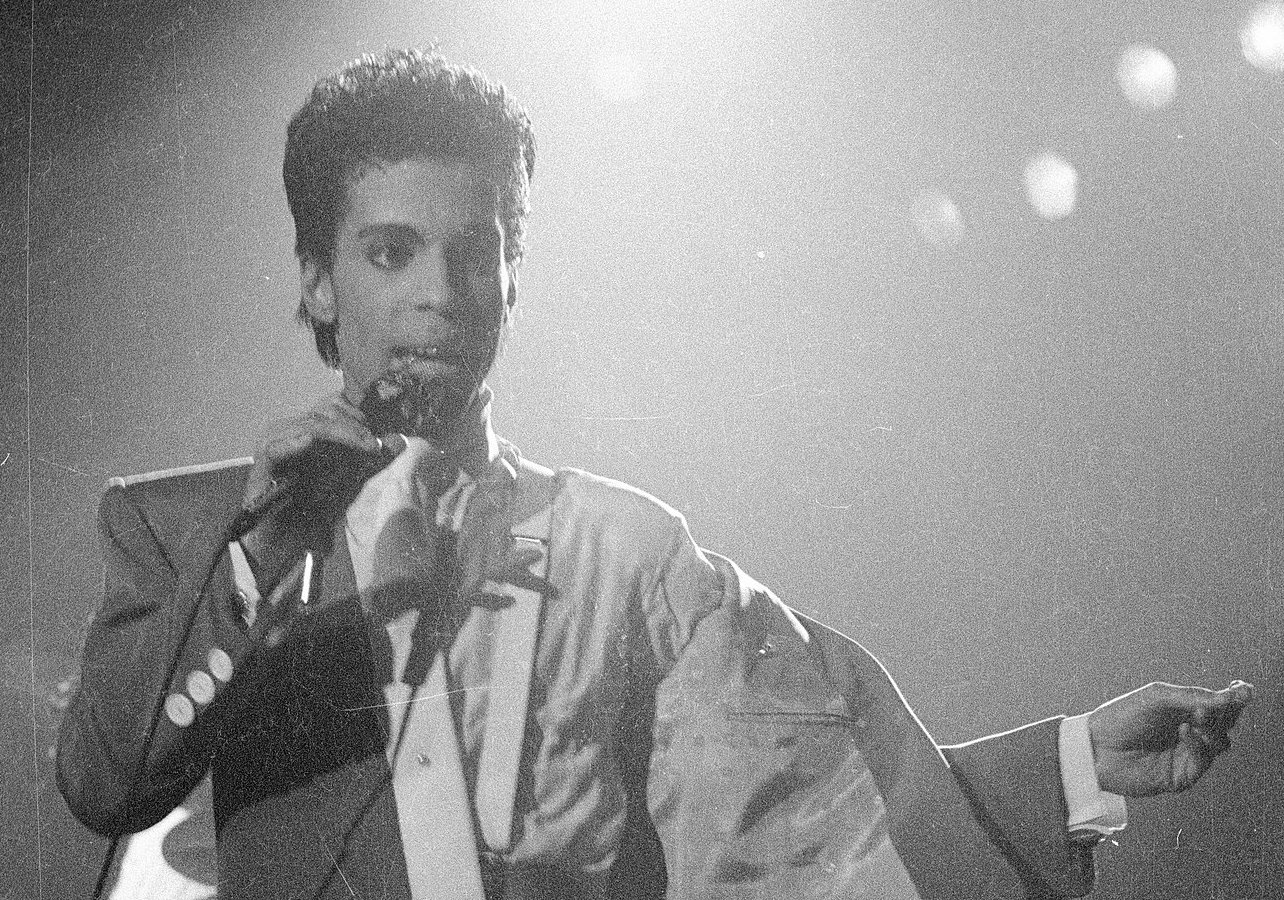 Yves Lorson, CC BY 2.0, Wikimedia Commons
Yves Lorson, CC BY 2.0, Wikimedia Commons
Depeche Mode - “Dangerous”
Depeche Mode’s synth sound is one of the first things that comes to mind when thinking of 80s music. This B-side showed off how they could even be a little scary-sounding if they wanted to.
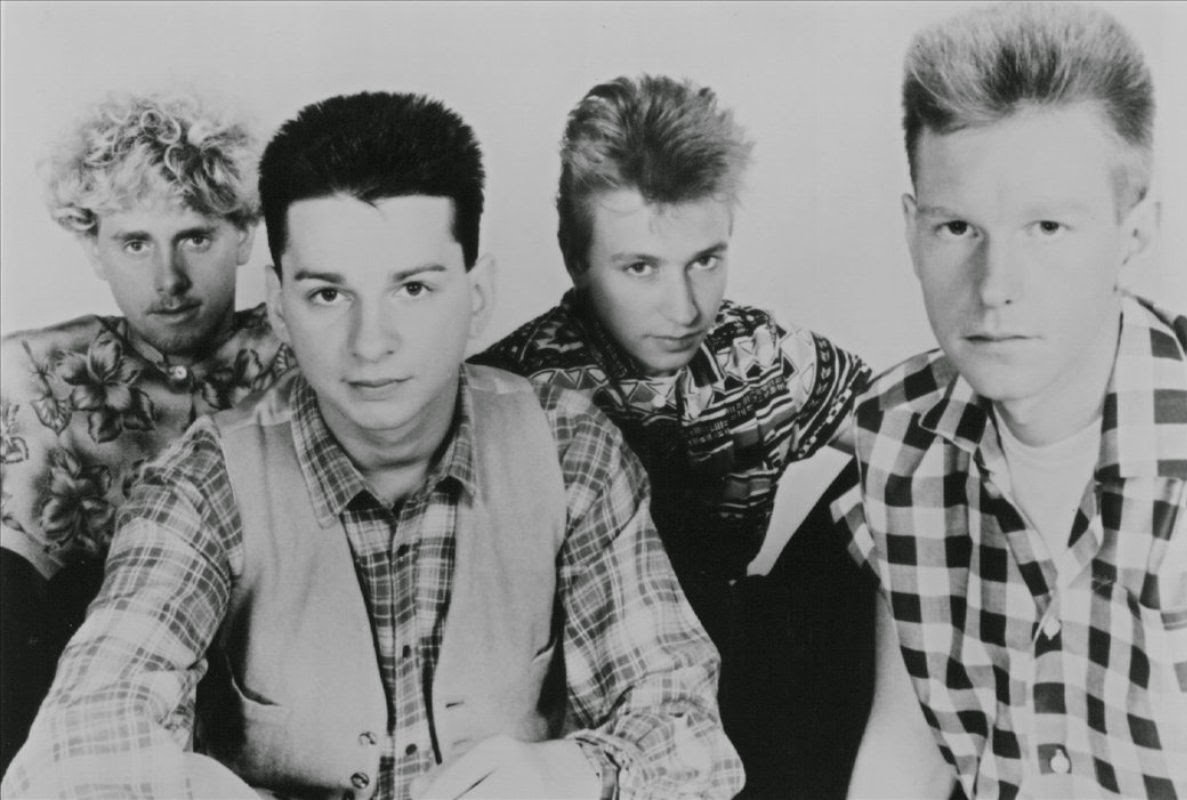 Sire Records, Wikimedia Commons
Sire Records, Wikimedia Commons
Michael Jackson - “Workin Day And Night”
Maybe there’s Off The Wall MJ and then Thriller MJ. This track from the former shows how much the artist was associated with late-70s dance music.
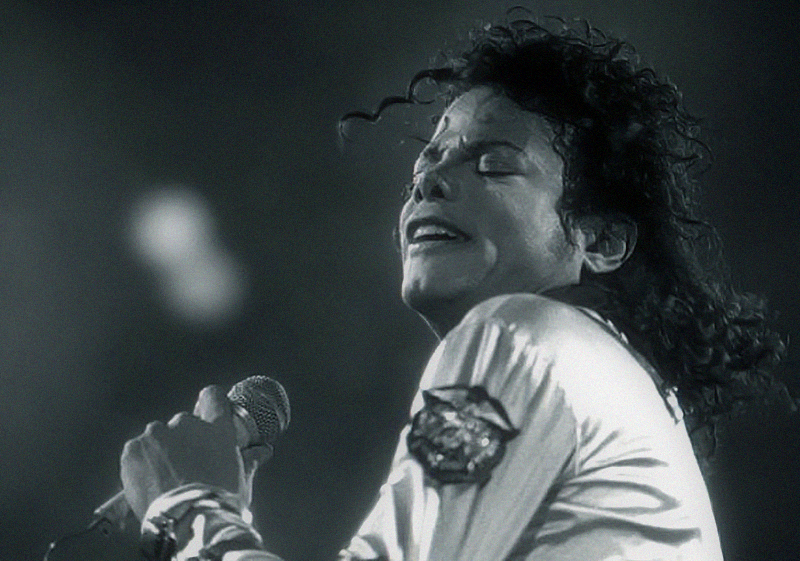 Zoran Veselinovic, CC BY-SA 2.0, Wikimedia Commons
Zoran Veselinovic, CC BY-SA 2.0, Wikimedia Commons
Led Zeppelin - “Hey, Hey, What Can I Do”
Released as a B-side to accompany their most iconic track outside of maybe “Stairway To Heaven”, that being “Immigrant Song”, this song evidences Led Zeppelin’s complex musical talents. Any other band would beg for it as an A-side.
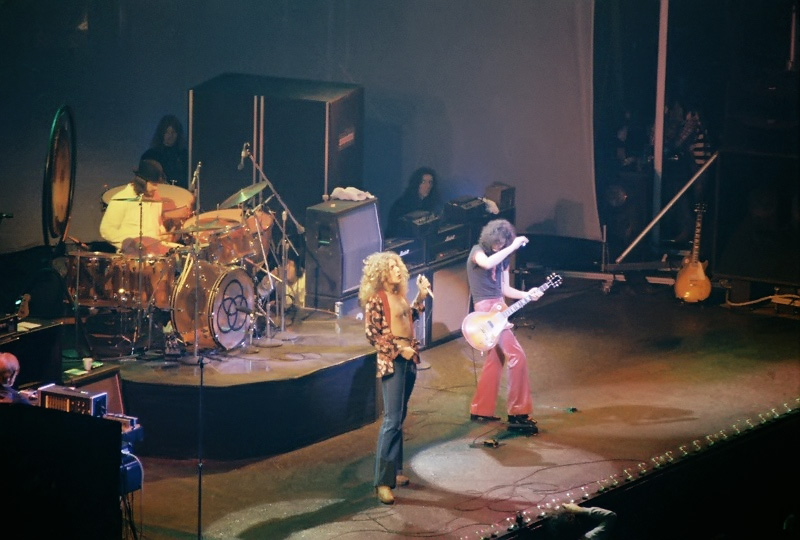 more19562003, CC BY 2.0, Wikimedia Commons
more19562003, CC BY 2.0, Wikimedia Commons
Patti Smith - “Piss Factory”
The title of this track says it all! This Patti Smith B-side evidences the influence she would have on punk music to come.
 Klaus Hiltscher, CC BY-SA 2.0, Wikimedia Commons
Klaus Hiltscher, CC BY-SA 2.0, Wikimedia Commons
The Pretenders - “My City Was Gone”
With British rock group The Pretenders, there’s before and after the death of guitarist James Honeyman-Scott. This B-side evidences the bold direction they took after.
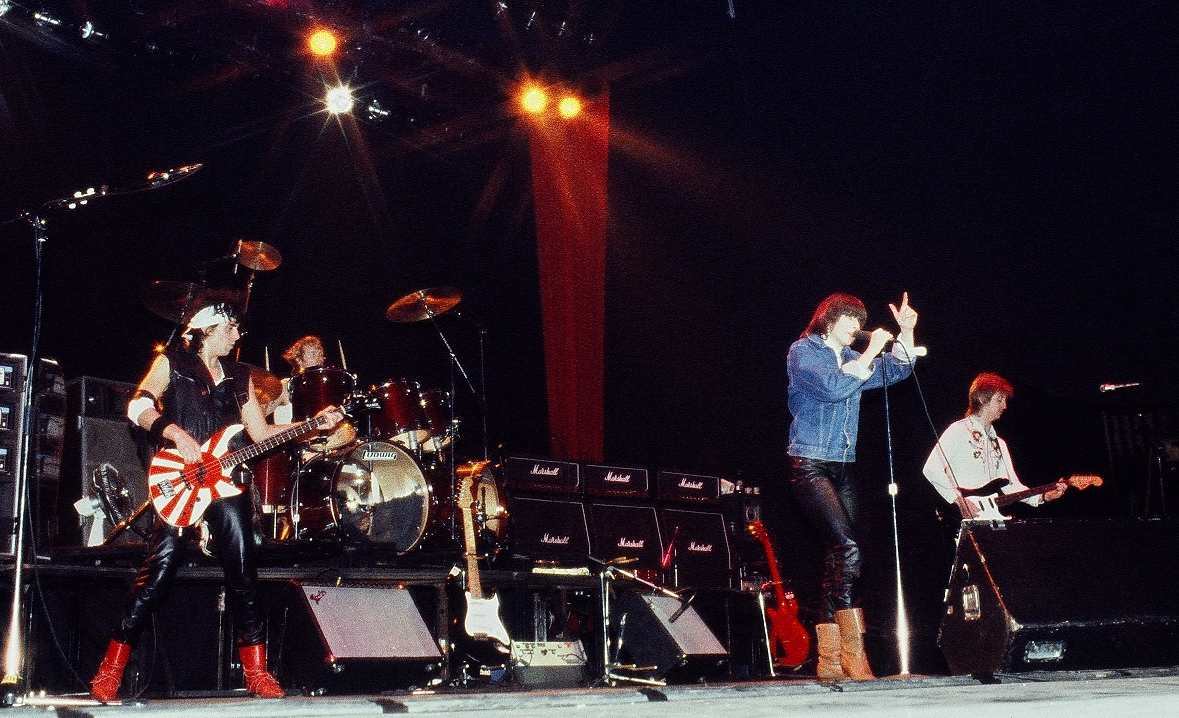 Ohconfucius, CC BY 3.0, Wikimedia Commons
Ohconfucius, CC BY 3.0, Wikimedia Commons
Little Richard - “Ready Teddy”
Little Richard’s overall influence on the rock genre cannot be overstated. Just listen to the energy in this track to realize how artists like Elvis drew a lot from him.
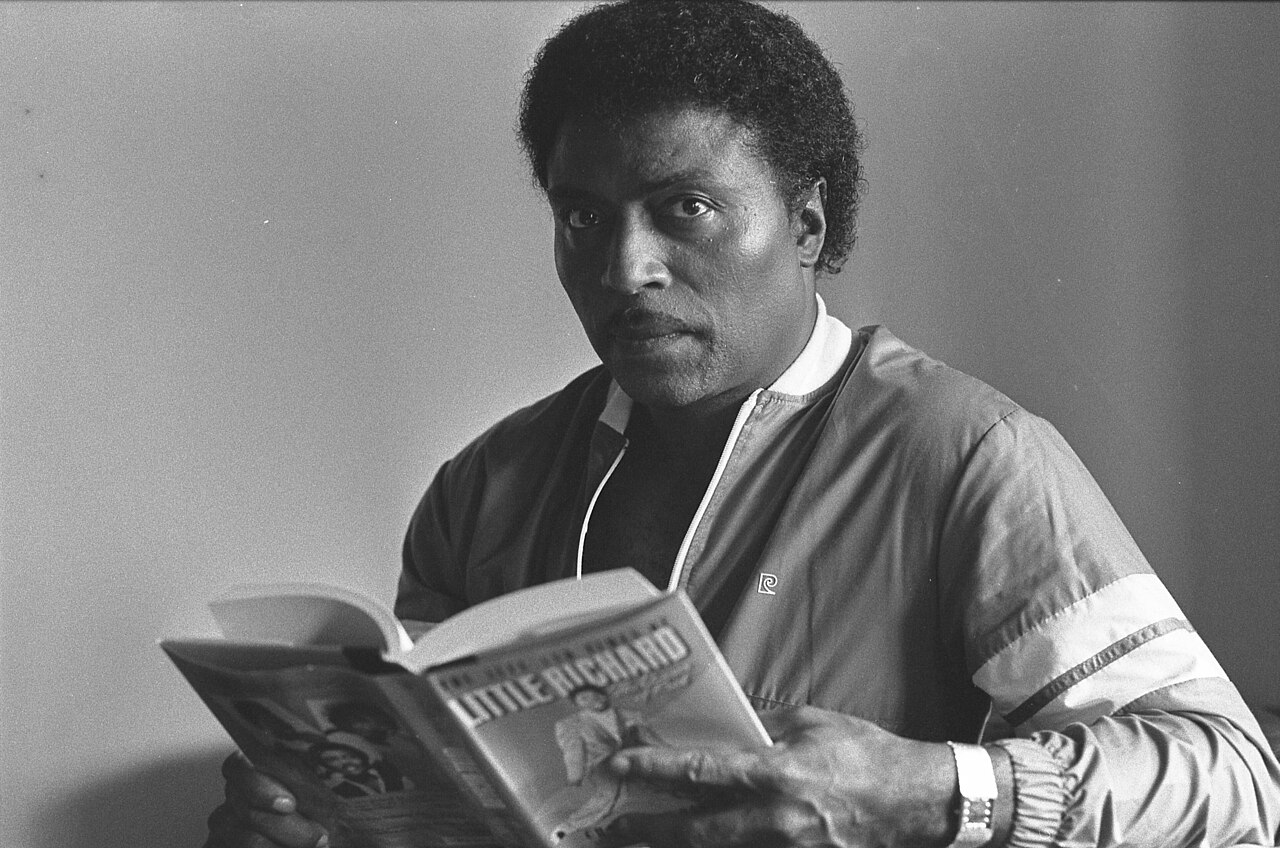 Ian Dryden, Los Angeles Times, CC BY 4.0, Wikimedia Commons
Ian Dryden, Los Angeles Times, CC BY 4.0, Wikimedia Commons
Peter Gabriel - “Don’t Break This Rhythm”
Artists like Paul Simon and Peter Gabriel made a major mark on Western pop in the 1980s by introducing the influence of African music. Just look at this highly distinct B-side from the latter for proof of it.
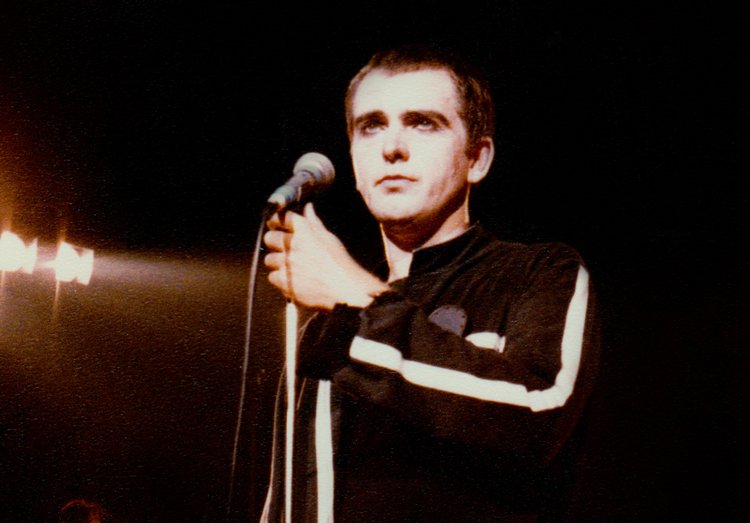 Theo Blonk, CC BY-SA 4.0, Wikimedia Commons
Theo Blonk, CC BY-SA 4.0, Wikimedia Commons
The Velvet Underground - “Here She Comes Now”
One of the reasons The Velvet Underground’s music has held up so well is Lou Reed’s vocal ability. While rough at times, he nails this short and sweet romantic track.
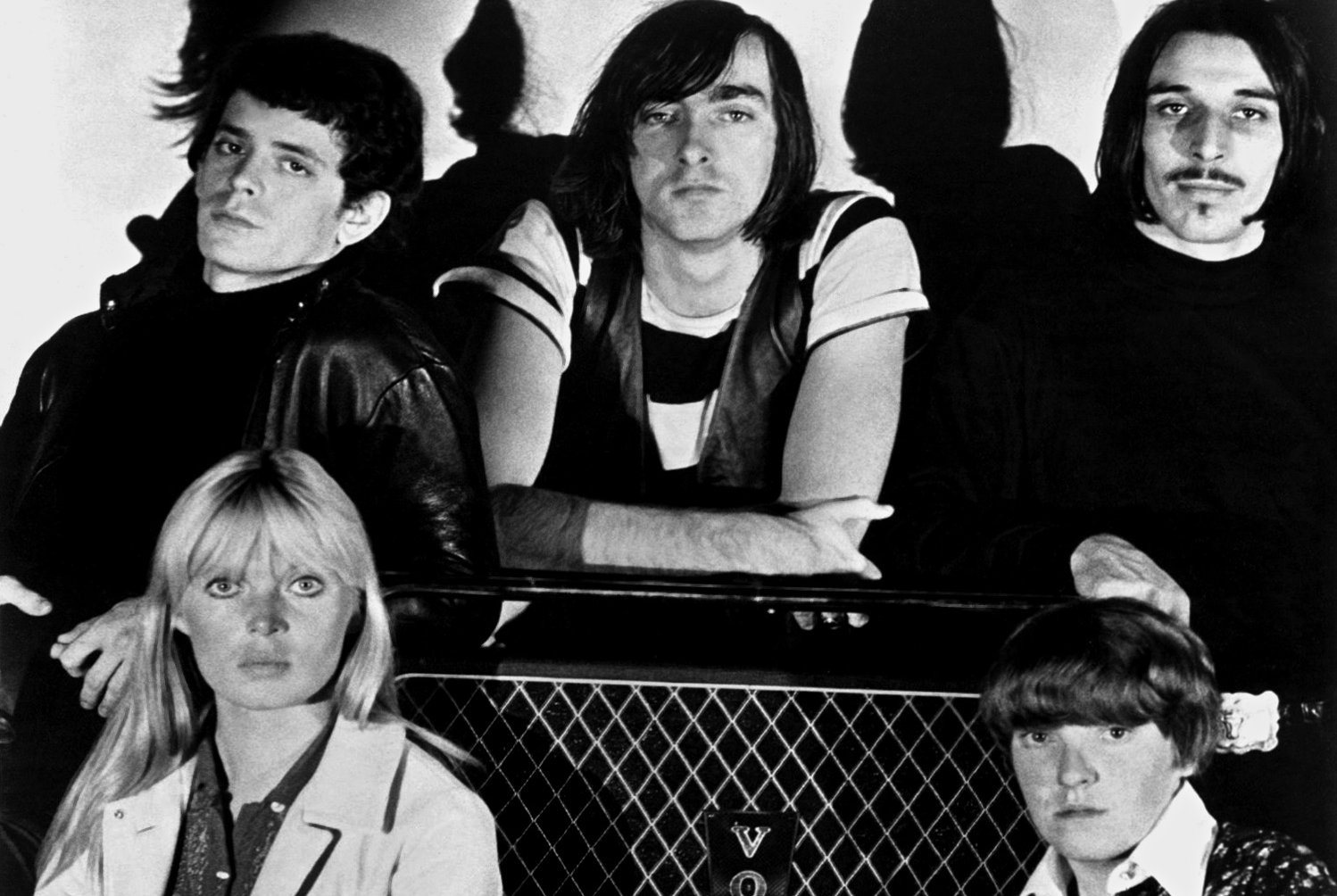 Verve Records, Wikimedia Commons
Verve Records, Wikimedia Commons
The Jimi Hendrix Experience - “51st Anniversary”
A deceptively simple track, this B-side showcased Hendrix’s numerous talents as a rock musician. But of course, it was overshadowed by being paired with the A-side of “Hey Joe”.
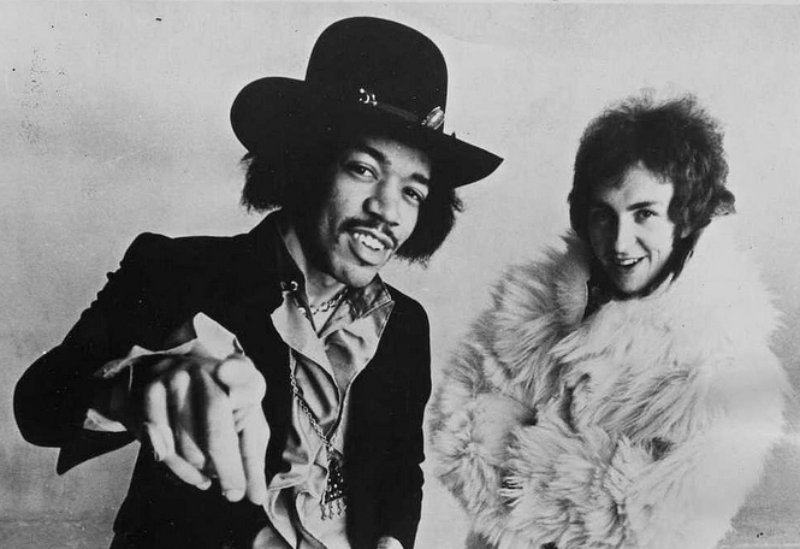 Warner/Reprise Records, Wikimedia Commons
Warner/Reprise Records, Wikimedia Commons
Prince - “17 Days”
One of multiple Prince tracks on this list, this didn’t make the cut on his album Purple Rain but nonetheless accompanied its most iconic track, “When Doves Cry”. Think of how many artists from the 80s would kill to have this as an A-side.
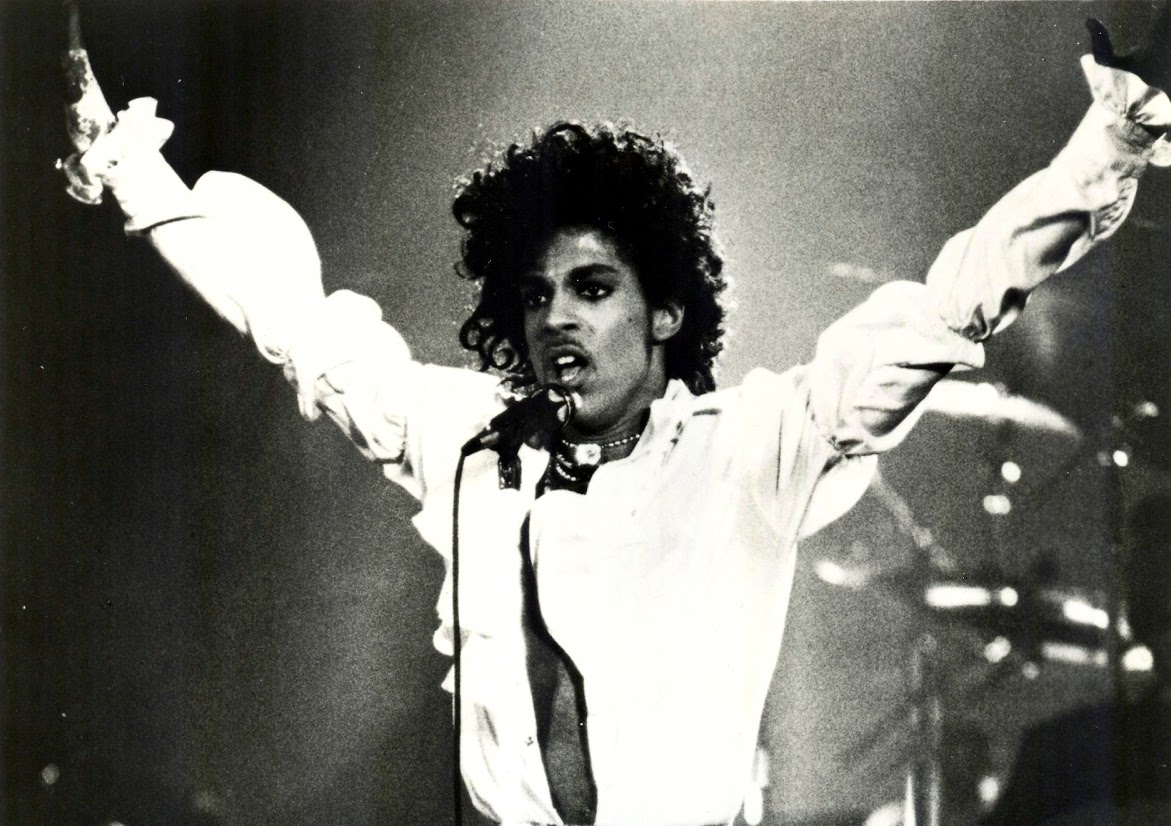 Warner Bros., Wikimedia Commons
Warner Bros., Wikimedia Commons
Ritchie Valens - “La Bamba”
The track “La Bamba” was well-known throughout Mexico, but only needed the right cover to break out through the rest of the world. Ritchie Valens would do the trick.
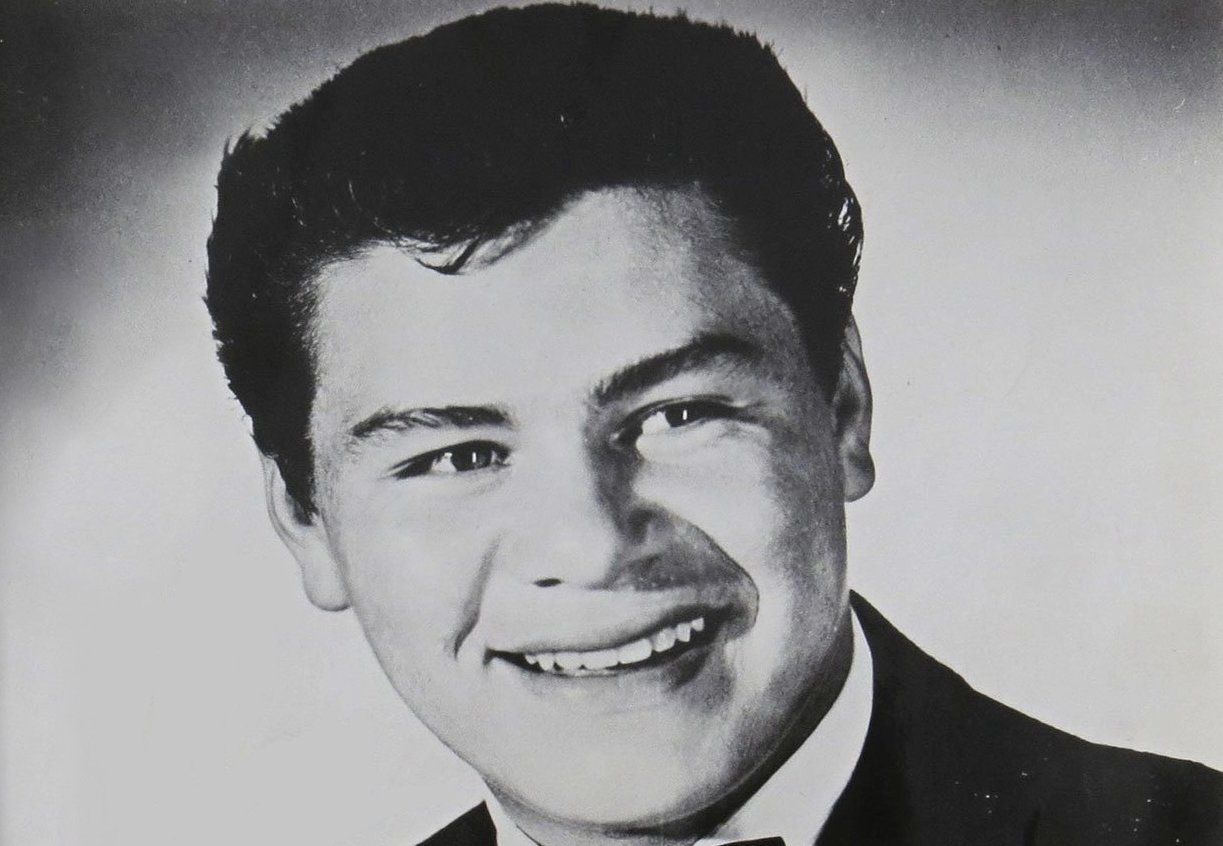 General Artists Corportation, Wikimedia Commons
General Artists Corportation, Wikimedia Commons
Smokey Robinson & The Miracles - “A Fork In The Road”
While it’s pretty hard to top “Tracks Of My Tears”, to which “A Fork In The Road” was released as a B-side to, the extreme craft of Smokey Robinson & The Miracles is still on heavy display. But within a few years of its release in 1965, this became one of their most popular songs.
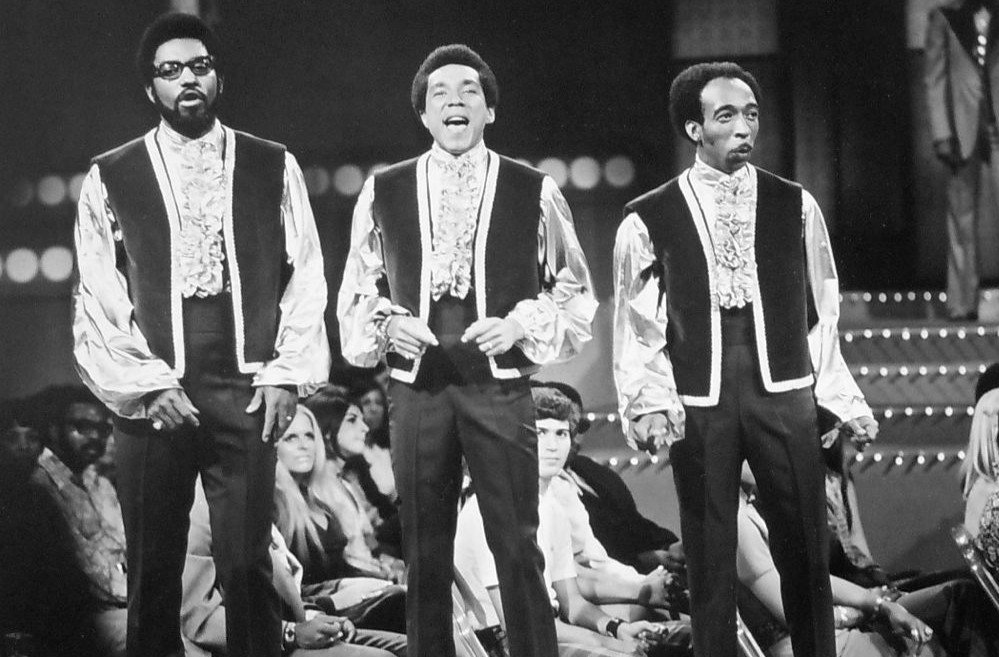 ABC Television, Wikimedia Commons
ABC Television, Wikimedia Commons
Sly & the Family Stone - “Sing A Simple Song”
Sing a simple song? This very complex and ambitious track does just the very opposite.
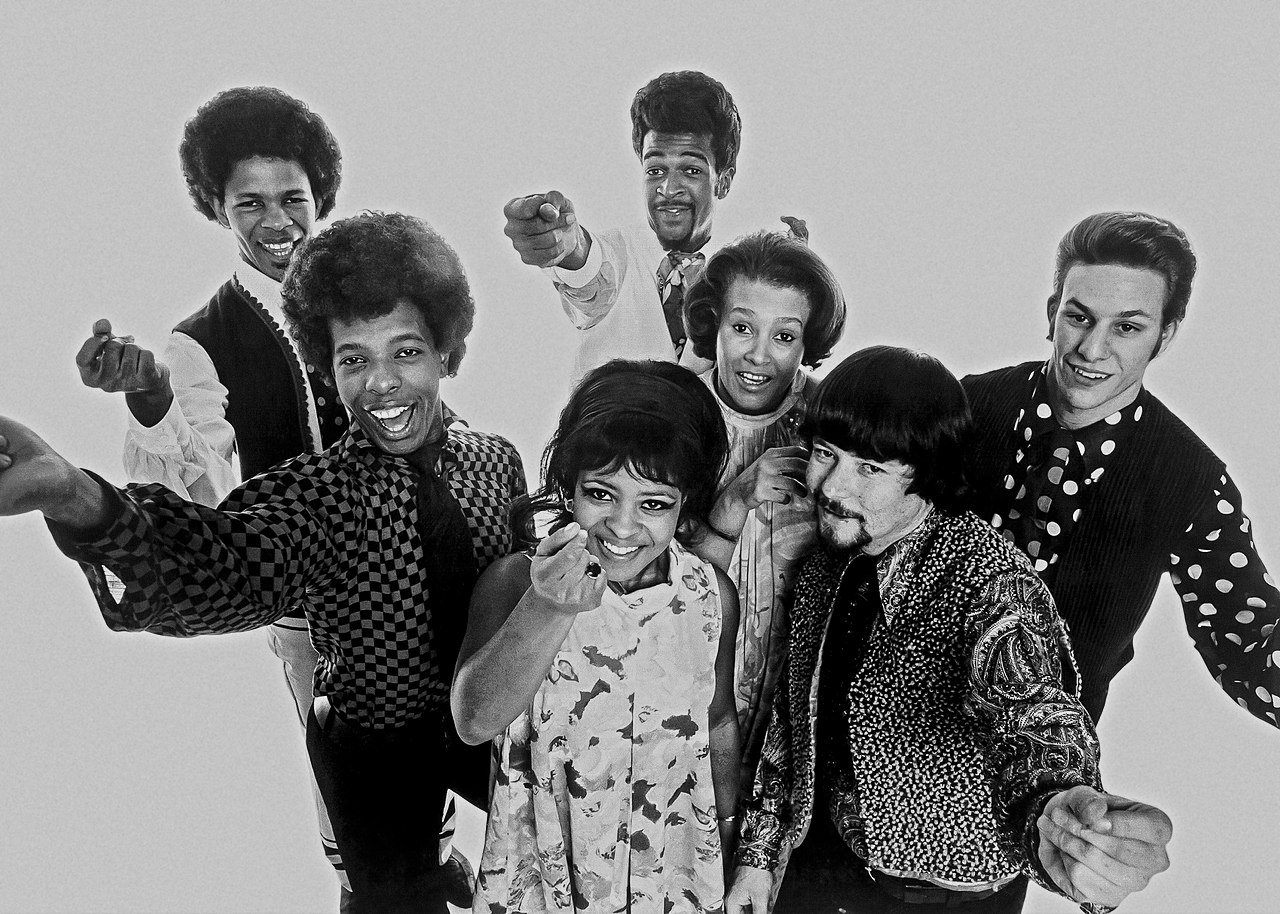 Epic Records, Wikimedia Commons
Epic Records, Wikimedia Commons
Buffalo Springfield - “Mr Soul”
He’s done so much on his own that it might be easy to forget about Neil Young’s band Buffalo Springfield. This B-side he did with the group is one of his most personal songs, getting into his disillusionment with the rock world.
Aretha Franklin - “Do Right Woman, Do Right Man”
The stern title definitely says a lot. But tune into this B-side from the late 60s and you’ll be attuned to the best the decade had to offer in terms of musical talent.
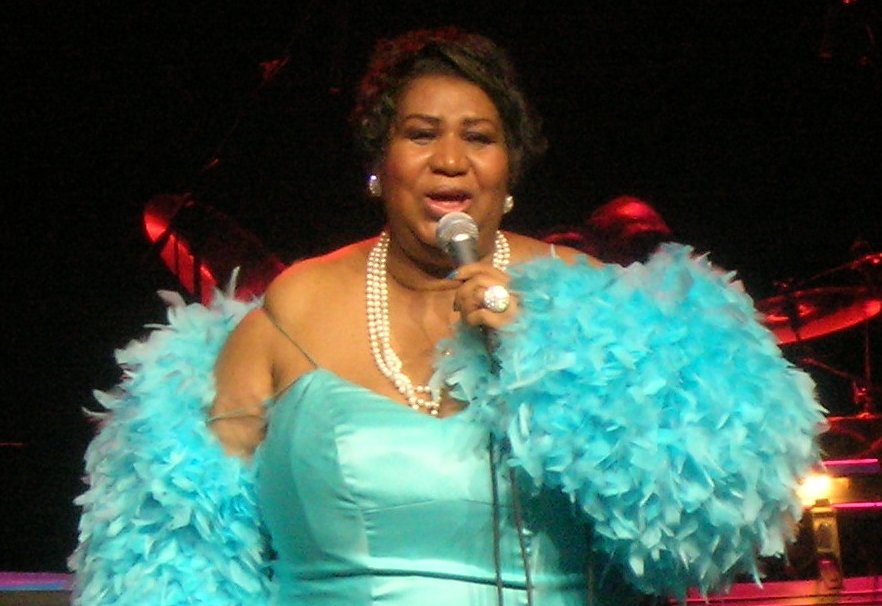 Ryan Arrowsmith, CC BY 2.5, Wikimedia Commons
Ryan Arrowsmith, CC BY 2.5, Wikimedia Commons
Creedence Clearwater Revival - “Born On The Bayou”
One of the biggest groups of the 1960s, this track, which served as the B-side to “Proud Mary”, showed Creedence Clearwater Revival setting a template for a new kind of rock music. Listen to it if you’ve never heard past “Fortunate Son”.
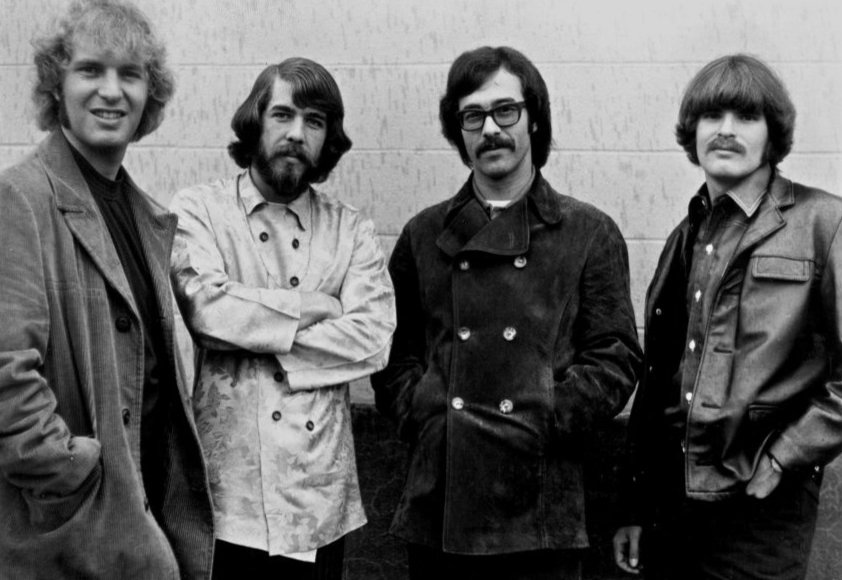 Fantasy Records, Wikimedia Commons
Fantasy Records, Wikimedia Commons
Simon And Garfunkel - “The Only Living Boy In New York”
The title of this track was reused for a forgettable 2017 drama but look past that to see a towering musical achievement. Simon & Garfunkel tapped into a certain zeitgeist of late 60s and early 70s alienation, as evidenced in it.
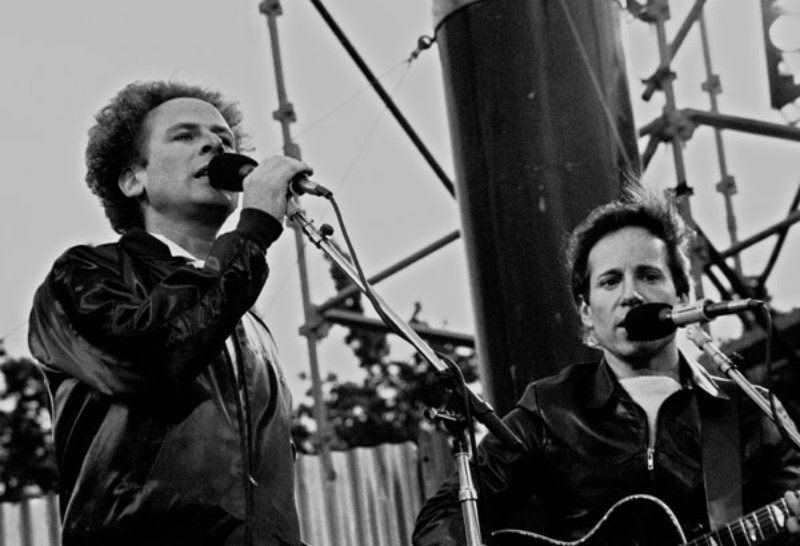 Eddie Mallin, CC BY-SA 2.0, Wikimedia Commons
Eddie Mallin, CC BY-SA 2.0, Wikimedia Commons
Neil Young - “Sugar Mountain”
A 19-year-old Neil Young wrote this track about growing up in the Canadian city of Winnipeg. It’s partly why the city claims him as his own even if he was born in Toronto.
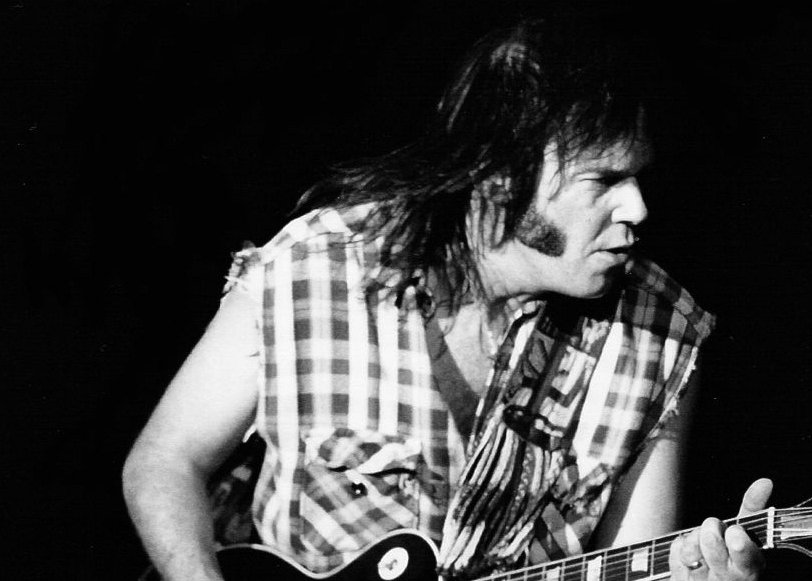 Antolín Hernandez, CC BY 2.0, Wikimedia Commons
Antolín Hernandez, CC BY 2.0, Wikimedia Commons
Fleetwood Mac - “Silver Springs”
Coming in at 10 minutes long, this track from Fleetwood Mac is an epic, to say the least. The emotional content behind it, concerning Stevie Nicks and Lindsey Buckingham’s failed romance also makes it integral to the band’s oeuvre.
 Warner Bros. Records, Wikimedia Commons
Warner Bros. Records, Wikimedia Commons
The Beatles - “I Am The Walrus”
Likely the goofiest Beatles song out there, “I Am The Walrus” nonetheless is an earworm that displays a high level of musical craft. Kind of surprising it was a B-side.
 Bernard Gotfryd, Wikimedia Commons
Bernard Gotfryd, Wikimedia Commons
David Bowie - “The Man Who Sold The World”
Some may associate this David Bowie track more with the Nirvana MTV Unplugged cover, but its sultry delivery makes it quintessential The Thin White Duke. It initially appeared as the B-side for “Life On Mars?”.
The Beatles - “Rain”
This B-side was famously partly for anticipating methods used on the track “Tomorrow Never Knows”, like reversing the vocals. It evidences why every Beatles track is part of a rich tapestry.
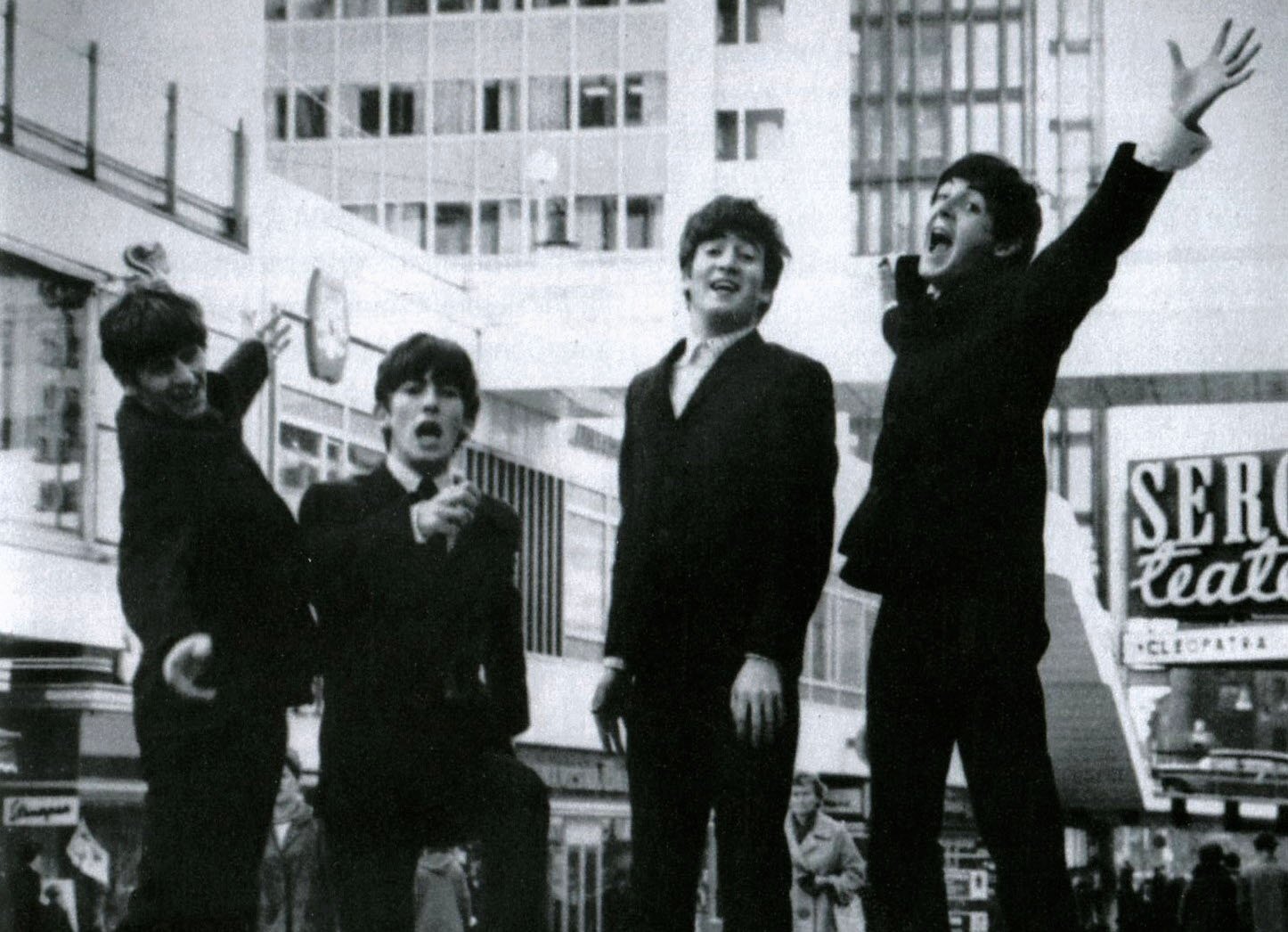 ingen uppgift, Wikimedia Commons
ingen uppgift, Wikimedia Commons
You Might Also Like:
The Best Songs That No One Talks About From Classic Albums
Iconic Albums That Had Wild Backstories We Never Knew
Sources: 1


